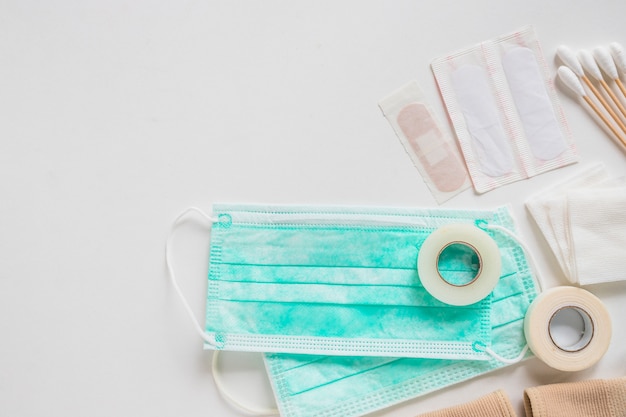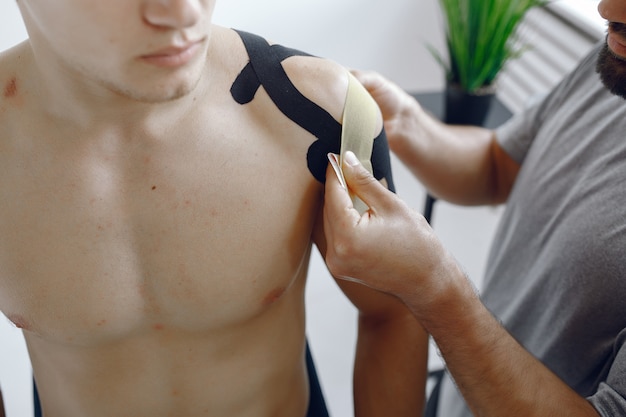When we injure ourselves and reach for the first-aid kit, there’s always that small roll of tape that comes with the box that rarely gets used, and maybe for some of us we don’t know how to use it. The uses of surgical tape or medical tape are something we see when we’re in the hospital but even at home, these adhesives can be very helpful.
When we talk about medical or surgical tapes, we often use these in a first-aid scenario or in medical cases. These are usually the types of adhesives that are safe for the skin and will stick to it if needed. The main differences include how waterproof the tape is and how breathable they are.
Let’s look at some of the kinds of medical or surgical tape and their uses:
- General Surgical or Medical Tape: this tape is typically pressure-sensitive and used as a bandage or wound dressing. It is usually used directly on the skin to hold wound bandages and other medical appliances in place. It is strong enough to adhere to the skin even when you are moving, bending, or when the skin is damp. These also typically prevent infections and allow the skin to breathe.

- Micro-paper Breathable Medical Tape: this breathable pulp paper tape is used to secure dressings and bandages firmly onto the skin and is easy to remove without damaging the skin and allowing air in. It is non-stretch compared to the medical tape.
- Trans-pore Polyethylene Non-Stretch Tape: In some medical procedures, a stronger adhesive is needed, and this where this type of tape is used. It is translucent and breathable and features a strong adhesive.

- Kinesiology Tape: This tape has an acrylic adhesive in an elastic-cotton strip making it easy to stretch. However, this type of tape does not hold moisture and helps avoid skin irritation.
- Steri-strips: These adhesive strips are waterproof and are used to close small wounds just like how you would if it were stitched. As some people may not want or cannot get stitches, this is the alternative for them.
Some types of these tapes may overlap in function and form but differ mainly on the stretchability of the material and how waterproof and breathable it is. Medical procedures, depending on how major or minor it is, will require a different type of tape to accommodate the needs for that process. For example, for an IV insertion procedure, it will be essential to have a micro-paper breathable medical tape or general surgical tape to stick the tubes of the IV onto the skin so that the catheter in the vein does not move around.
Conclusion
When we look at our first-aid now, I hope we see various possibilities on how we can use the little roll of clear adhesive and put it to some good use when we need it. Sticky situations come and go but knowledge on the uses of surgical tape will be good for a lifetime.

